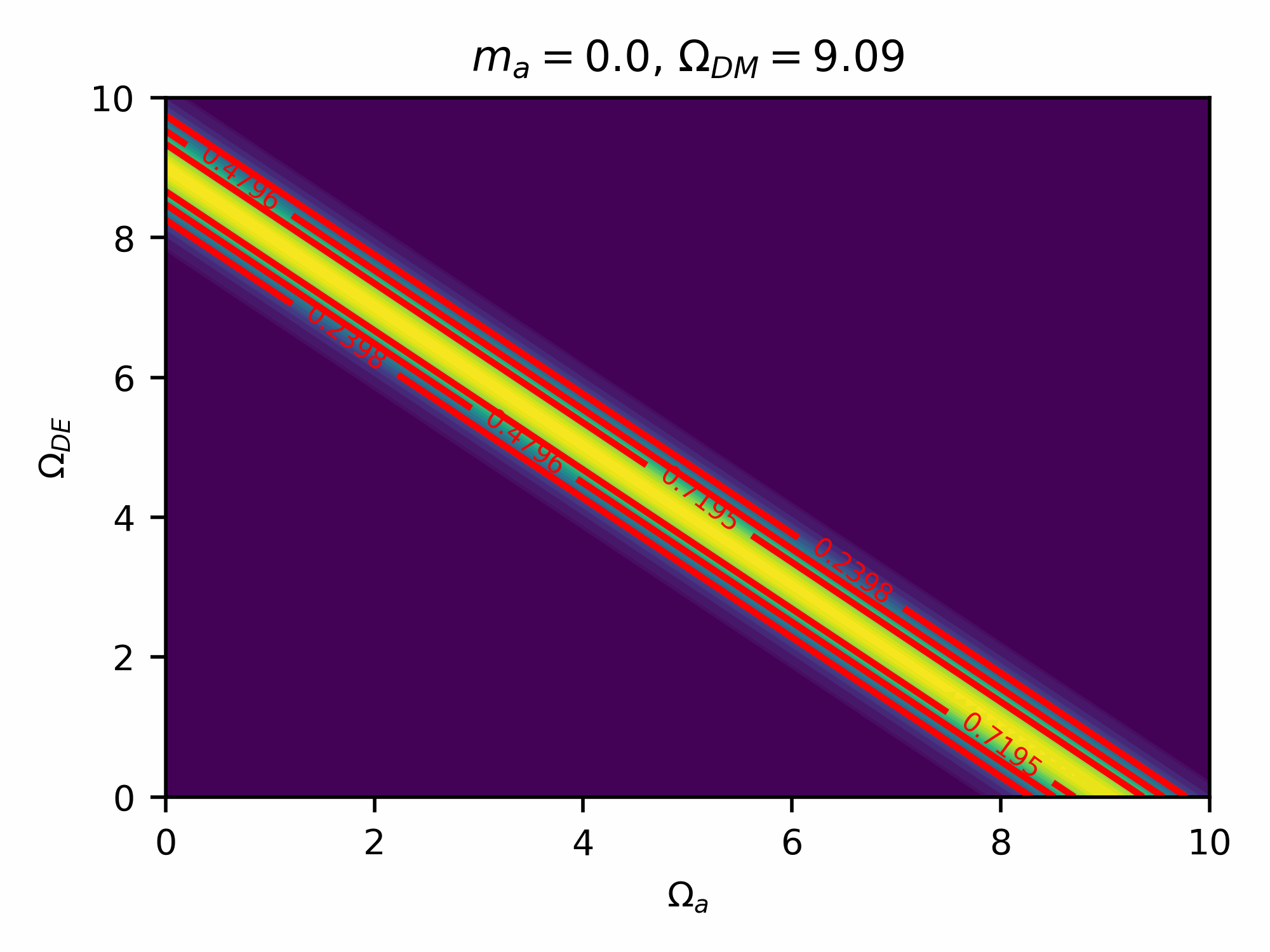Current Research:
Over the past 30 years, over a dozen decameter-size (~10-meter diameter) asteroids have been observed impacting the Earth. These objects can explode with energies of up to hundreds of kilotons of TNT (as much as a typical nuclear weapon!), posing a serious hazard if they impact populated areas. The largest of these impactors, a ~20-meter asteroid that exploded over Chelyabinsk, Russia in February 2013, damaged thousands of buildings and injured over 1,600 people.
For my Astronomy M.Sc. at the University of Western Ontario, I am characterizing the dynamical and physical properties of these decameter Earth impactors at a population level, using data from U.S. Government satellites recently declassified by the U.S. Space Force in 2022. These observations show an impact rate for decameter-sized objects of about once every 2-3 years. However, models based on recent telescopic surveys of near-Earth objects estimate that impacts should occur only about once every 20-40 years — an order-of-magnitude difference! I'm interested in understanding this "decameter gap" between the observed and telescopically inferred impact rates for these objects.
Previous Research Projects:
Ultra-light axions (ULAs) are a type of very low-mass theoretical elementary particles that can behave either as cold dark matter or dark energy. The distribution of ULAs depends on several cosmological parameters, which affect the cosmic microwave background (CMB). By generating synthetic CMB power spectra for various parameter values and comparing them to observations, a posterior axion distribution can be estimated. Previous studies have only sampled “slices” of this distribution, keeping certain parameters fixed, because of high computational cost.
I designed a 4-D test distribution qualitatively similar to previous axion distribution estimates to evaluate the ability of Markov Chain Monte Carlo (MCMC) and nested sampling to sample the parameter space. I then used MCMC sampling in conjunction with a new machine learning method called axionEmu, a neural network that can compute CMB power spectra much faster (~10,000 times!) than previous methods such as CAMB, to constrain the full ULA distribution for the first time now that it is computationally feasible.
Check out my poster or my interview with the Dunlap Institute!

Dynamical interactions in stellar clusters can sometimes eject stars from the cluster entirely to become isolated stars. While isolated stars are crucial to understanding cluster and galaxy evolution, identifying their birth environments is difficult. However, stars generally retain the elemental abundances from their birth environments. If a cluster’s parent molecular cloud has a relatively uniform composition, an isolated star’s birth cluster can be identified by comparing its elemental “fingerprint” to those of known clusters, a technique called chemical tagging. Dimensionality reduction methods like t-SNE and UMAP have been used in previous chemical tagging studies to recover clusters. However, these algorithms do not account for measurement uncertainty.
For my Statistics undergraduate thesis at the University of Toronto, I developed a dimensionality reduction method based on a variational autoencoder (VAE) neural network that explicitly propagates Gaussian error, unlike t-SNE/UMAP. Using APOGEE DR17 chemical abundance data, I demonstrated that the VAE-based model was able to preserve most of the intrinsic information while reproducing Gaussian error.
An ApJL paper demonstrating the applications of the VAE-based model is currently in preparation.

Many stars have been discovered hosting multiple planets in mean-motion resonance (MMR), in which their orbital periods are exactly related by a ratio of small integers. MMRs can form due to planetary migration, a process in which interactions with a protoplanetary disk can cause a planet’s orbit to move inward or outward from its star. As planet-disk interactions are common during planet formation, MMRs represent the archetypal results of convergent orbital migration and are a unique opportunity to study how migration shapes the architecture of planetary systems.
For my Astronomy undergraduate thesis at the University of Toronto, I used \(N\)-body simulation to fit radial velocity data for the planetary system HD 45364, which has two Jupiter-mass planets in a 3:2 MMR. Using new data from the HARPS telescope, I derived strong constraints on the planets’ masses for the first time, and developed a model for planetary migration into the system's current resonant configuration. I also found that instrumental noise in radial velocity observations of stars can generally lead to biased inferences about the dynamics of their planets and specifically whether they are in MMR. I was awarded the university's Smith Solis Research Scholarship in Astronomy and Astrophysics for my work.

